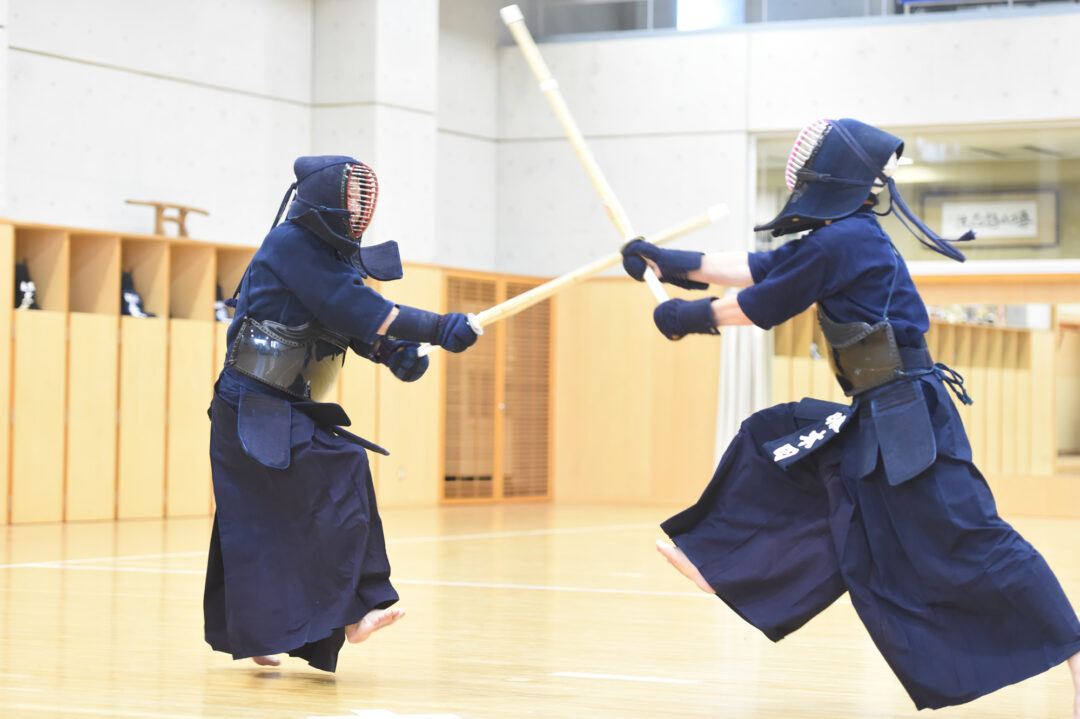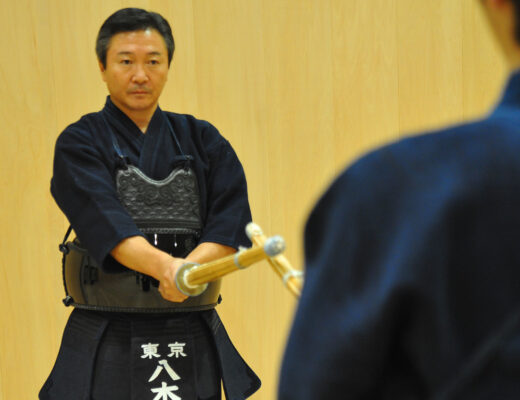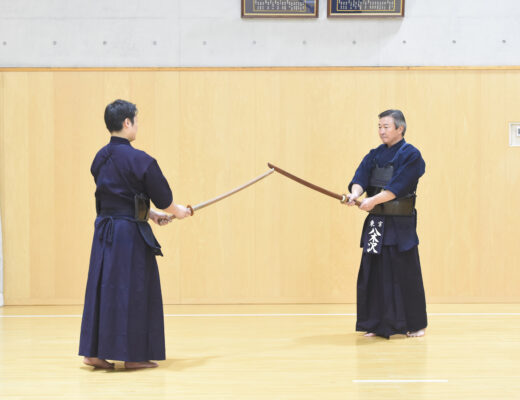2022.10 KENDOJIDAI
Translation: Anne Zwart
Yagisawa Makoto tells us that there are many psychological elements that play into the success of a strike in Kendo. By understanding the opponent’s mind we can make the perfect strike at the perfect moment.
Yagisawa Makoto

The importance of Keiko that focuses on awareness
The All Japan Kendo Federation has logically ordered the construction of the technical movement of Kendo. They define the kinetic elements for a valid Kihon Ippon as Kamae – Seme – Datotsu (strike) – Zanshin, performed as one continued set.
In order to perform a successful strike in this continued set of movements, Kenshi must notice or predict very small gaps in their opponent’s Kendo as both Kenshi are setting up for their attack. This means a Kenshi cannot simply strike after they (think they) apply their own Seme; they must read and grasp their opponent’s physical and mental state correctly before attacking.
In other words, an attack in Kendo is constructed by the four elements defined by the All Japan Kendo Federation, as well as the psychological factor of “recognizing opportunities” that occurs between Seme and Datotsu. This psychological factor plays an important role in a successful strike. In order to perform Seme – reading the situation – Datotsu correctly, Kenshi must have complete control over their Shinai.
Understanding that opportunities to strike are born in your interactions with the opponent is the key to understanding the fun and depth of Kendo and committing to it in the long run. Sometimes it may be necessary to break the harmony with the opponent in order to win a match, but this is mostly used as a surprise tactic and is not considered a valid direction for your growth as a Kenshi.
This kind of surprise tactic is scored especially negatively in Shinsa: as it is a test of your proficiency as a Kenshi, you must show appropriate Kendo that shows an understanding of the standards for the Dan grade you are in the examination for.
In Kendo, we speak of the three opportunities (Sukima): openings in Kamae, gaps in movement and instability of the mind. I think trying to recognize these weaknesses in your daily Keiko will change the way you view Kendo.
Kendo is a combat art and is dependent on an opponent existing. There is Keiko that leaves you fulfilled and Keiko that does not, but I think an enjoyable Keiko is one where you are trying to recognize and take the opportunities that present themselves.
A Keiko where you are tuned in to the opponent and trying to find the weaknesses that are your chance to strike will feel refreshing, even if you got hit. A Keiko where you are not tuned in to the opponent will feel unfulfilling, no matter if you hit or got hit. I think practicing Keiko that leaves you satisfied is necessary for growth in Kendo.
Your chance to strike is when the opponent’s Kamae changes
The rest of this article is only available for Kendo Jidai International subscribers!




